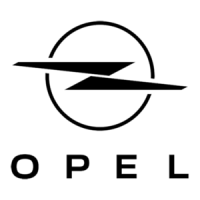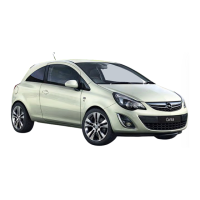What to do if "CHECK DISC" appears on the Opel GT Automobile display?
- CChristian JordanJul 29, 2025
If "CHECK DISC" appears on the display, the issue could be due to several reasons: * The CD might be incorrectly inserted, so ensure you insert an undamaged, compatible CD with the printed side upwards. * The CD label may be caught in the player, in this case, insert an undamaged, compatible CD with the printed side upwards. * An incompatible audio CD might be inserted. Use a compatible CD. * The CD might be scratched or damaged. Use an undamaged, compatible CD. * The infotainment system's temperature may be too high during CD playback. Wait until it returns to normal. * The air might be too humid. Wait for conditions to improve. * The road surface might be uneven. The CD should play again when the road surface becomes smoother.










